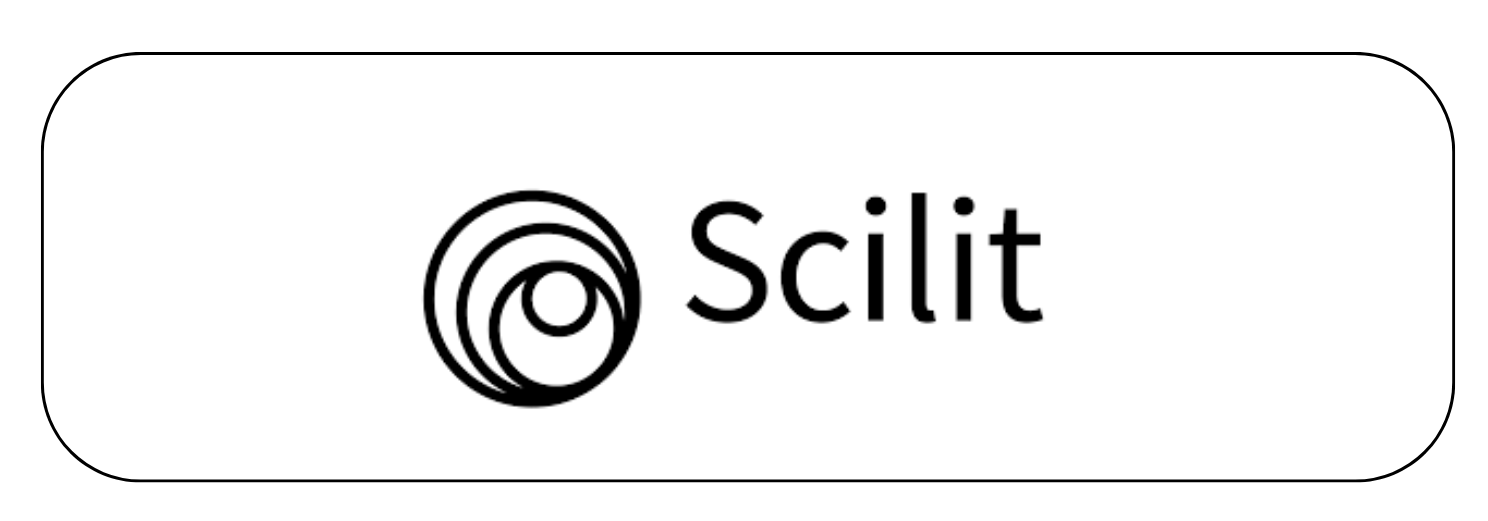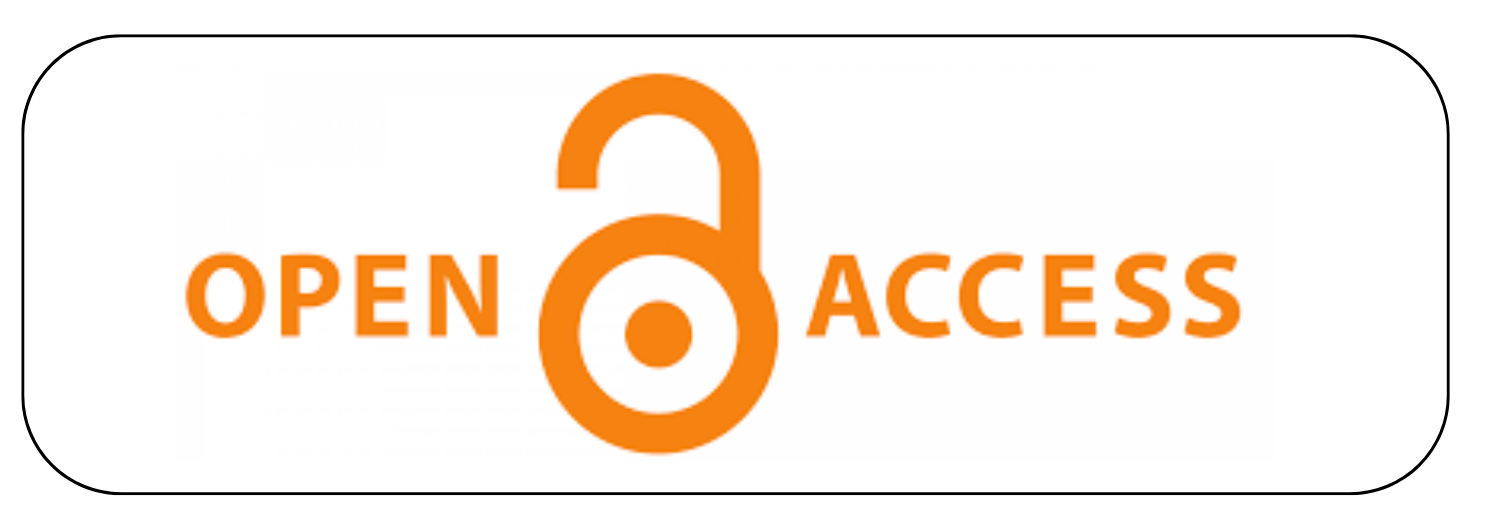Engagement or enlightenment? Understanding TikTok’s Role in Learning: A Statistical Exploration
DOI:
https://doi.org/10.61688/ajpbs.v6i1.400Keywords:
TIKTOK, Online Learning, ENGAGING, LEARNING TOOL, SOCIAL MEDIAAbstract
TikTok, a video-sharing social media platform, has rapidly become one of the most popular social networking sites in recent years, with over 1 billion monthly active users, making it an effective and engaging tool for learning. With its easy-to-use interface, short-form videos, and viral content, TikTok provides an innovative way for educators to engage and educate students. This paper aims to investigate the usefulness of TikTok as an effective educational tool by creating a fun and interactive learning environment. TikTok is an ideal platform for effective and engaging learning for several reasons such as allows students to be creative and use their imagination to create unique, meaningful content for variety of subjects such as science, math, social studies, and language arts. Furthermore, TikTok encourages students to communicate and collaborate with their peers, which enhances their learning experience. Several studies have shown that TikTok can be a valuable learning tool, improving students' engagement, motivation, and overall learning experience. Despite its popularity, Tiktok use in education also raises concerns and challenges that need to be addressed by the scholars. Data were collected from KPTMAS students via an online survey, and findings reveal notable differences in TikTok usage and educational perceptions across various locations. Results suggest that while TikTok offers engaging and accessible learning content, it also presents challenges such as content regulation and potential distractions. Despite these challenges, the study highlights TikTok's growing role as an informal learning tool, particularly for younger, digitally adept generations. However, the platform’s educational use remains underexplored, warranting further investigation into its structured integration in academic environments.
Downloads
Published
How to Cite
Issue
Section
Categories
License
Copyright (c) 2025 Hasnah Am Abdul Aziz, Siti Zaiton Mohd Dali

This work is licensed under a Creative Commons Attribution 4.0 International License.
Published by Universiti Poly-Tech Malaysia. This article is licensed under the Creative Commons Attribution (CC BY 4.0) license. Anyone may reproduce, distribute, translate, and create derivative works from this article (for both commercial and non-commercial purposes), provided full attribution is given to the original publication and authors. The complete terms of this license can be found at:http://creativecommons.org/licenses/by/4.0/legalcode













